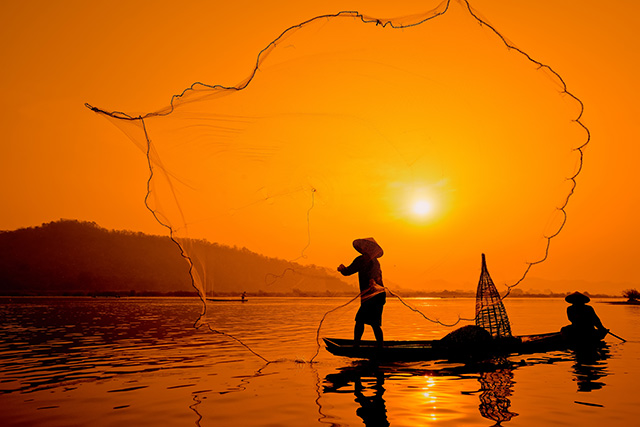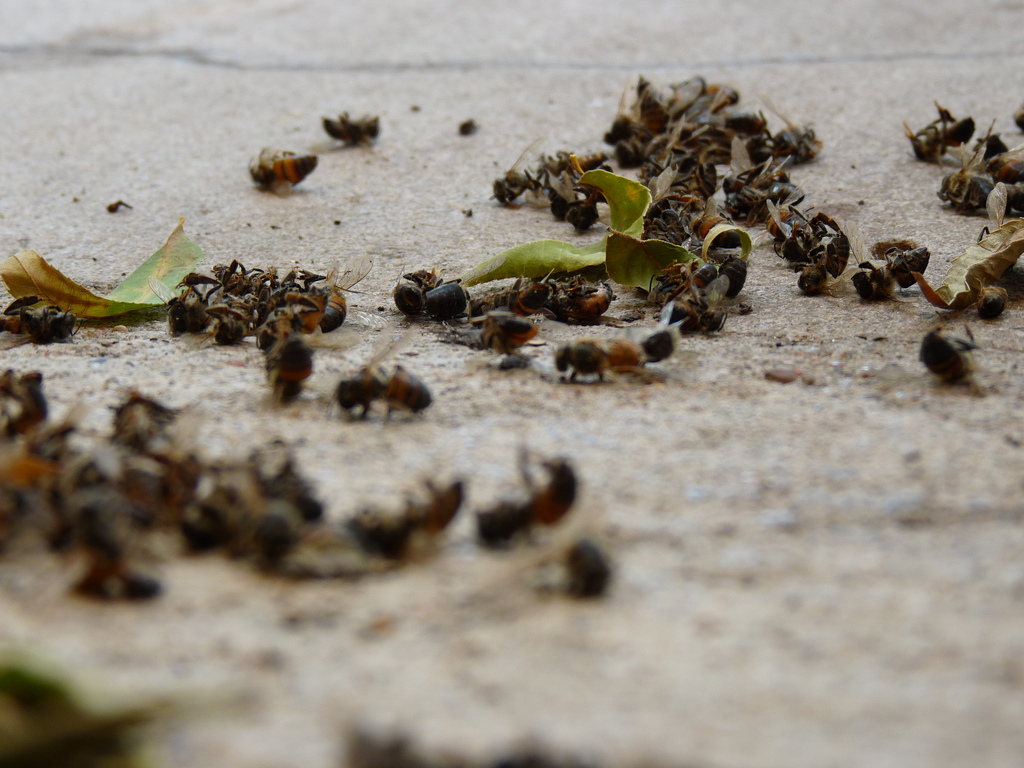
"Development projects, such as dam construction on the Mekong River and tributaries to support a booming hydropower industry, are bringing great change to ecological, agricultural, and cultural systems in this region," stated Kenneth R. Olson, professor emeritus at the University of Illinois and co-author of an article titled, "Water rights and fights: Lao dams on the Mekong River."
In the paper, he and co-author, Lois Wright Morton, discuss at length the damage brought on by the construction of dams. They concentrated specifically on the Xayaburi Dam, the first of 11 dams planned for the lower Mekong. Preliminary construction is believed to have begun in 2012, the time in which the Laotian government admitted that there was indeed a Thai company working on the dam’s development.
It has since become a subject of controversy and the cause of local protests that ended in violence. "Many are concerned that the Xayaburi Hydropower Dam in Laos, could cause irreversible and long-term ecological damage to a river that feeds millions of people, force the resettlement of 2,100, directly affect 202,000 people who use the Mekong bottomlands to produce food, and may push endangered fish, such as Mekong giant catfish, to extinction," wrote Olson and Morton.
They explained that villagers close to the dam site were forced out of their homes or risk being underwater. The fishing areas they once frequented would be covered by reservoir water, meaning they had to learn new fishing techniques just to survive. Rice, their main traditional crop, would be ill-suited to the upland soils that they were being moved to. Compounding their situation is the fact that many have claimed they were not properly informed about the construction of the Xayaburi Dam, nor were they educated on its impact on their farmlands and fishing areas. (Related: Oroville dam emergency demonstrates how incompetent bureaucrats are marching California into catastrophic collapse at every level.)
"Resettling rural people in uplands means the soils are different, often less fertile and not well suited to rice and vegetable crops they are familiar with. They will need to learn new agricultural practices, different fishing strategies [river vs. lake] and make or purchase different fishing equipment. This kind of change takes time and personal resources that people often don't have," Morton explained to ScienceDaily.com.
Olson added that the dam could harm fish populations as well, remarking: "Dams trap sediment needed as a nutrient source for fish, block fish migration, and reduce the amount of sediment deposited in the Mekong Delta."
Protests have erupted in response. Though initially peaceful, the protests escalated to the point where any person associated with the Xayaburi Dam was assaulted. From bomb incidents to sniper shootings to skirmishes between workers and protesters, there has been no shortage of drama surrounding the dam.
Ultimately, Olson and Morton acknowledged that hydropower would indeed greatly benefit Laos. But there was no denying its influence on the people and the environment. Reducing these effects would fall on the shoulders of the Mekong River Commission, an organization sorely lacking the clout needed to protect the Mekong River.
"The MRC is only powerful if the countries that fund it give respect and authority to its rules and regulations, even if they don't always agree with them. This is a difficult governance challenge which they are working through," commented Morton.
Stay up-to-date on any future news about the Mekong River by visiting Environ.news.
Sources include:
Please contact us for more information.























